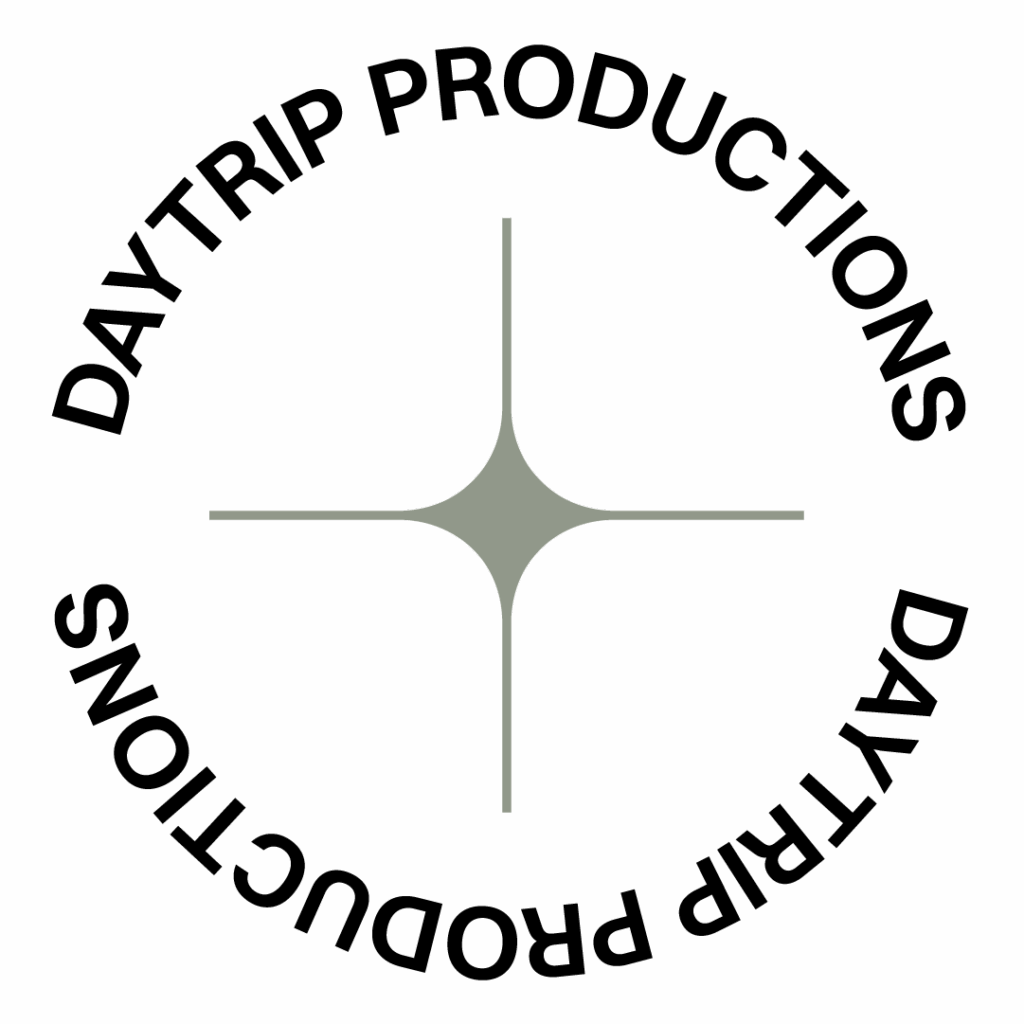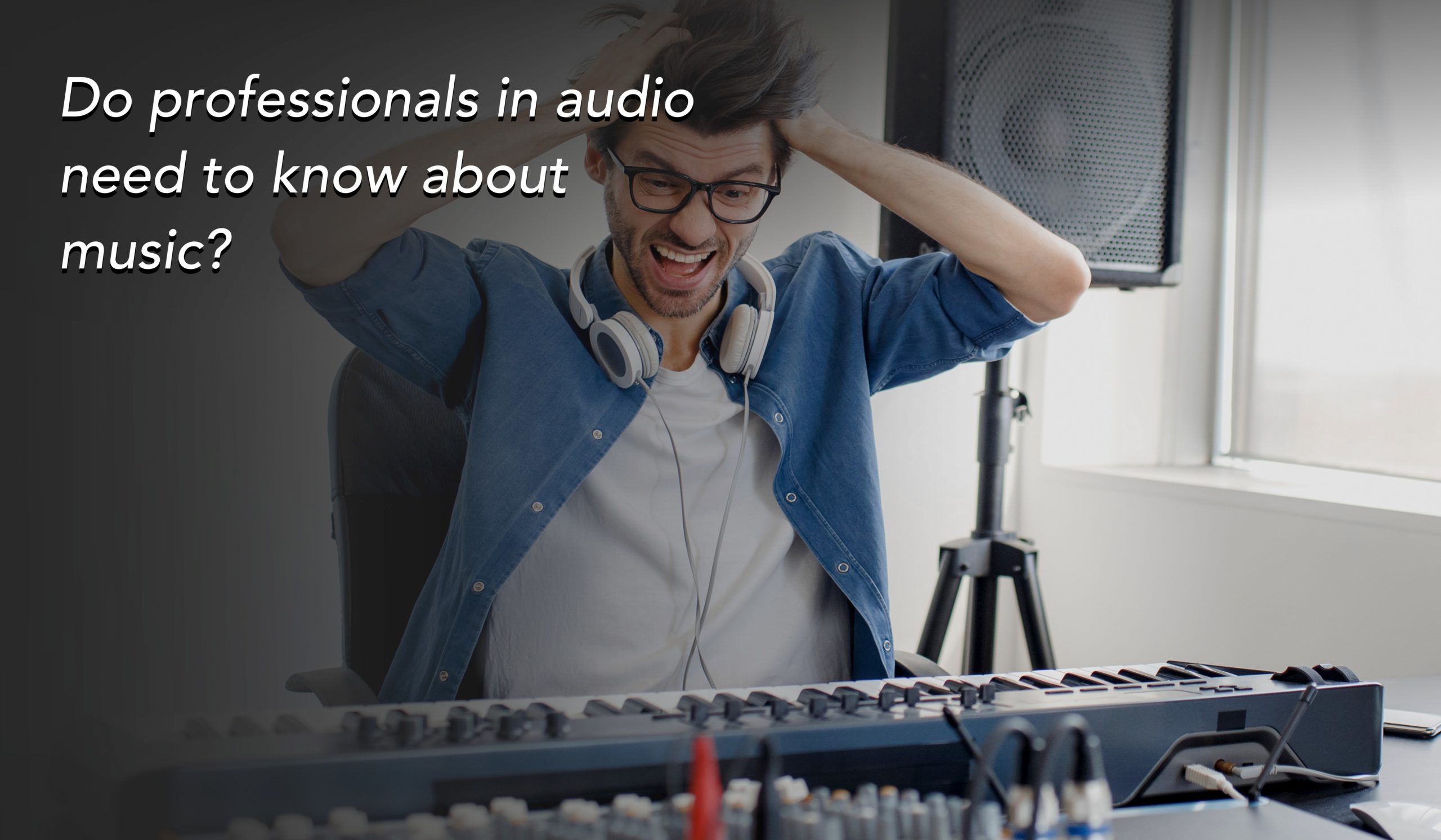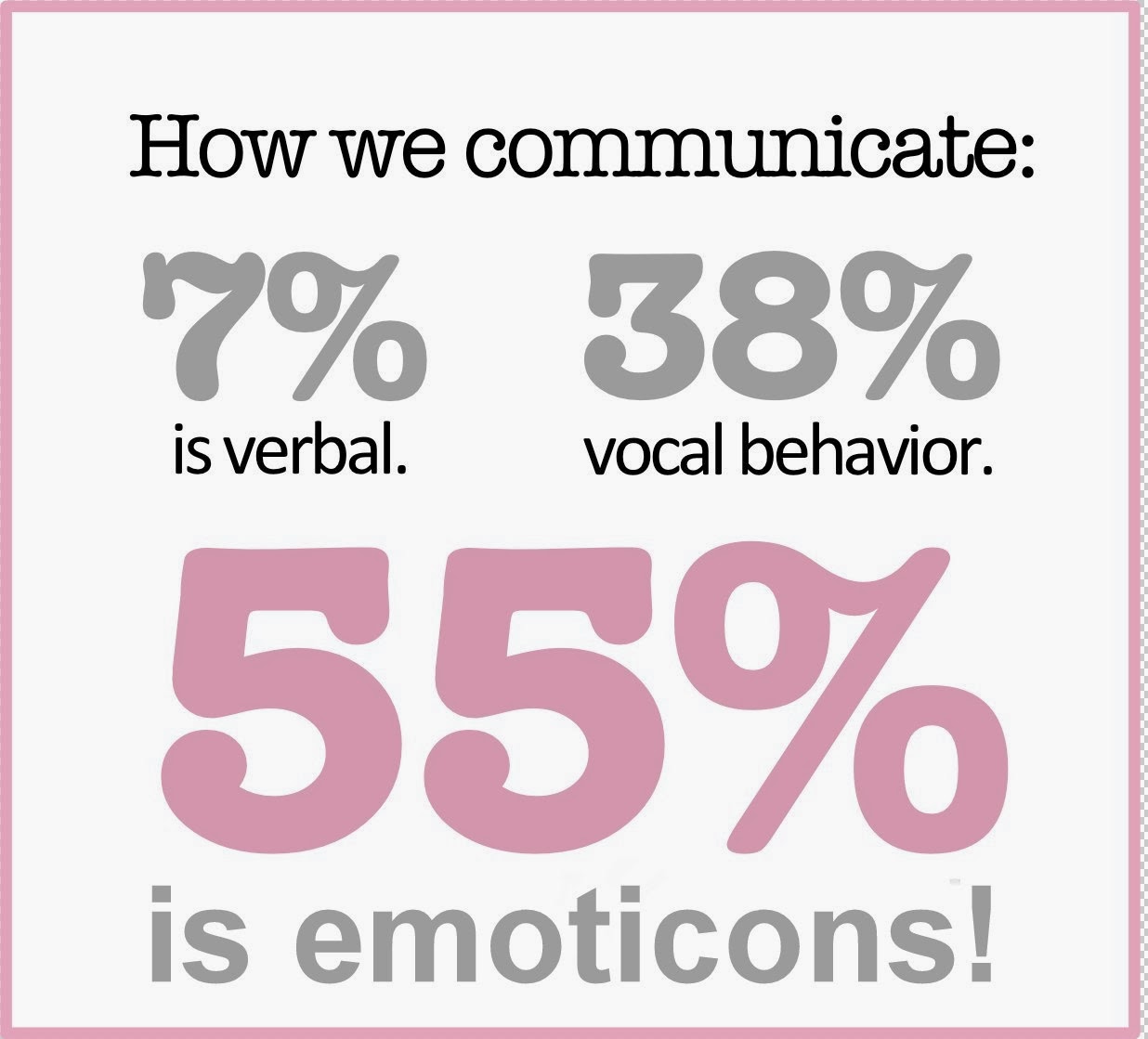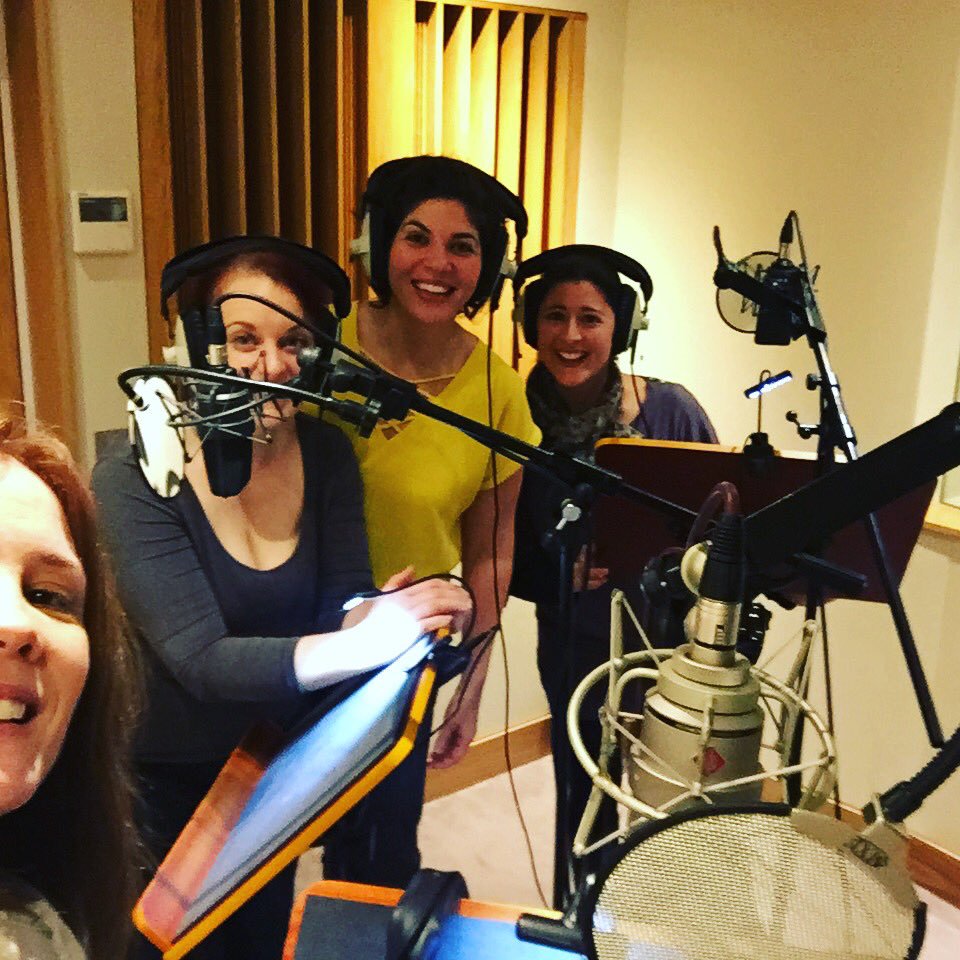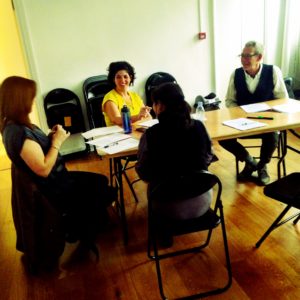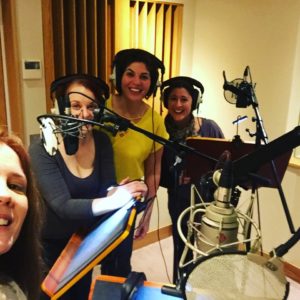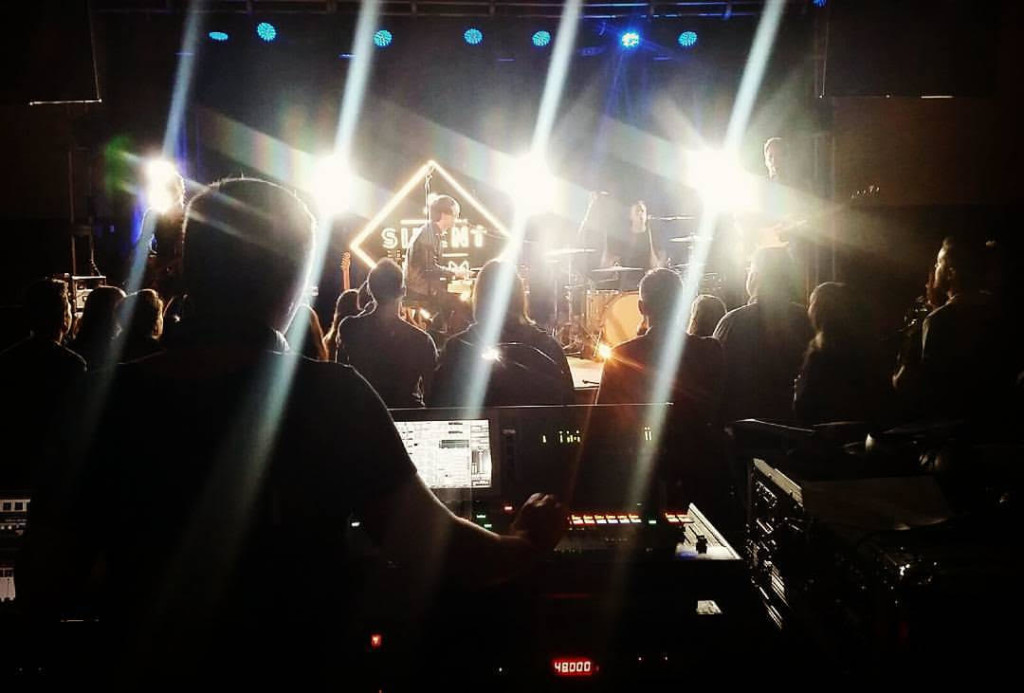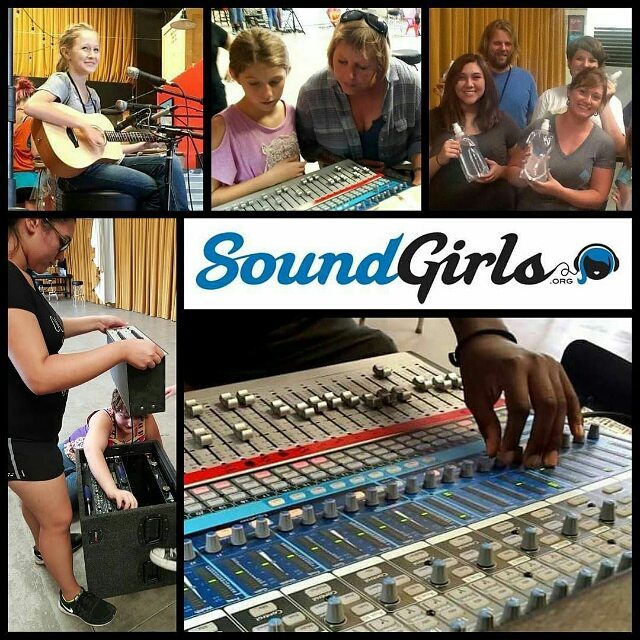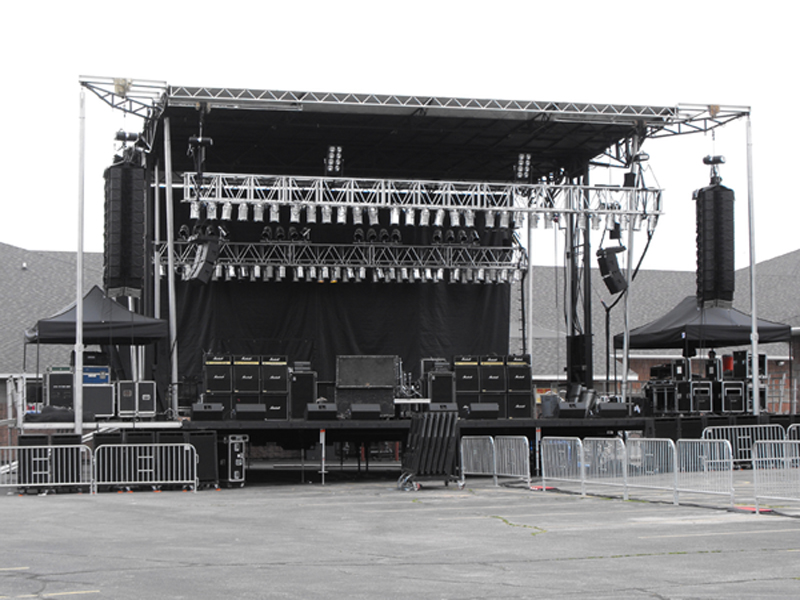¿Los profesionales de audio también deben ser músicos?
Mi respuesta directa sería que no, algunos de los mejores ingenieros de audio de la industria no son músicos. Pero si quieres mi consejo como música y como ingeniera de sonido, aprender algunos conceptos básicos sobre música no te hará daño.
Ser ingeniera de sonido trabajando en proyectos que involucren tratamiento musical como grabación, edición, mezcla, etc., requerirá que tengas y desarrolles unas aptitudes y conocimientos básicos sobre música que te permitirán tener un mejor desempeño en tu trabajo. Esto significa que, incluso si no eres músico, deberás tener buen oído para la música: reconocer el notas, reconocer qué instrumentos musicales están tocando, reconocer si los instrumentos musicales están desafinados, reconocer los patrones armónicos y la forma de una pieza musical, reconocer y seguir ritmos y patrones rítmicos, ser sensible a las dinámicas.
Profundicemos en cada tema:
Reconocer y seguir ritmos y patrones rítmicos.
El clic:
Cada pieza musical tiene un pulso llamado tempo, que sigue una marca de metrónomo medida en pulsaciones por minuto (bpm). Si hay una partitura disponible, esta marca de metrónomo se indicará en la parte superior izquierda de la partitura. Puede indicarse con números o con términos musicales en italiano que darán una pista sobre el tempo. La mayoría de las veces, será necesario para las grabaciones y/o presentaciones en vivo configurar el clic en tu DAW o software de música. Dependiendo de la solicitud del músico, el clic puede configurarse para seguir el tempo o subdividirse, asegúrate de estar familiarizado con la configuración del clic en el software antes de realizar tu sesión.
Compases y compases:
Los pulsos o tiempos se agrupan en compases, y pueden variar dependiendo de la música, los compases también pueden cambiar dentro de la misma pieza musical. El número de tiempos en un compás puede ser 1, 2, 3, 4, 5, etc. Los compases también se pueden configurar en tu software, aparecerán como un número con dos dígitos: un número en la parte superior que indica cuántos tiempos que hay dentro del compás y el número de abajo que indicará el tipo de notas utilizadas dentro del compás (blanca, negra, corchea, etc.). Conocer el compás te ayudará a contar compases y a seguir patrones rítmicos, también te ayudará a ubicar partes específicas en una pieza musical. Pero también permitirá al músico identificar conteos de barras y pulsos.
Compases y tiempos fuertes:
Cada compás tiene tiempos fuertes y débiles que le dan a la música patrones rítmicos memorables. Por lo general, el primer tiempo es el tiempo fuerte del compás, esta característica se puede configurar en el software para que los compases puedan tener diferentes acentos, niveles y sonidos para cada tiempo, ayudando a los músicos durante su interpretación. Conocer todos estos ajustes a la hora de configurar el clic, los compases y la línea de tiempo de tu sesión es fundamental.
Anacrusa:
Comprender el término anacrusa es útil cuando necesitas anticipar grabaciones o ejecuciones musicales en vivo. Si escuchas este término, significará que la música comenzará con una nota o un grupo de notas que preceden al primer tiempo fuerte. Su principal característica es que la anacrusa es un compás parcial antes de que comience el primer compás de la música.
Reconocer patrones y forma de una pieza musical:
Forma:
La estructura de una pieza musical se conoce como forma musical. Familiarizarse con los diferentes tipos de formas pueden ayudarte a organizar tu sesión de manera eficiente. Encontrarás frases musicales, estructuras armónicas, progresiones de acordes, modulaciones, patrones rítmicos dentro de la música que te ayudarán a la hora de reconocer diferentes formas. Una buena manera de familiarizarse con ella es escuchar y leer sobre diversos estilos de música para que pueda identificar qué forma está presente en la pieza musical. Para la música popular, los elementos de forma como el coro, el puente, etc., pueden ser más familiares para identificar, sin embargo, para otros tipos de música, entrenar tu oído es la mejor manera de hacerlo.
Un excelente ejemplo de un tipo de forma muy distinguido es el blues básico: la forma de blues es de 12 compases y su progresión de acordes es muy distintiva porque el acorde I es un acorde dominante, así como el acorde IV, y los músicos han tomado el patrón básico I7-IV7-V como para ser utilizado en el mismo. Se pueden estudiar otras formas como Binaria (AB), Ternaria (ABA), Rondo (ABACA) o (ABACABA), Arco (ABCBA), Sonata (Exposición, Desarrollo, Recapitulación), Tema y Variaciones para que pueda identificarlas mejor para su sesiones
Progresión de acordes:
La mayor parte de la música escrita se basa en escalas y tonalidades. Cada nota de una escala se identifica como un grado. La secuencia y el orden de los acordes basados en estos grados de la escala se denomina progresión de acordes. Los acordes principales son I, IV, V y algunos géneros musicales populares tienen progresiones de acordes distintivas que se pueden identificar fácilmente, como la progresión I-IV-V-I utilizada en la mayoría de las canciones pop. Debido a la variedad de tonalidades y escalas que pueden estar presentes en una canción, las progresiones de acordes pueden ayudarte a identificar la forma de una canción y el género, reconocer frases y temas fácilmente, y ubicar partes musicales para ayudarte a obtener una mejor comprensión del tema musical.
Cadencia:
Como parte de las progresiones de acordes, la forma en que finaliza un tema, frase o idea musical estará acompañada armónicamente por al menos dos acordes que se reconocen como una cadencia. Esta cadencia da una sensación de resolución y se puede clasificar en muchos tipos. Una de las más fáciles de reconocer será la cadencia perfecta que va del acorde V al acorde I donde la nota de bajo es la nota principal (tónica) de cada acorde. Ser capaz de reconocer cadencias durante grandes piezas musicales puede ayudarte con tu proceso creativo mientras mezclas, etc.
Se utilizan algunos otros elementos musicales que te ayudarán a comprender lo que sucede en una canción
Un riff es un patrón de notas que se repiten a lo largo de una pieza musical. Los riffs no se repiten inmediatamente y generalmente se encuentran al final del verso en una canción o en el coro.
Groove, un término tomado de los músicos de jazz, a menudo se refiere a un sentido rítmico de cohesión empleado en una rutina o estilo de práctica musical.
Solo es una sección de improvisación donde actúa cada instrumentista, el orden puede ser predeterminado o no. Los solos se interpretan en forma de tema y el número de vueltas se denominan estribillos.
Los fills son frases melódicas o rítmicas improvisadas, tocadas entre frases del tema.
Un vamp es una figura, sección o acompañamiento musical que se repite hasta que se da la señal para la siguiente sección.
El interludio es un arreglo pre-escrito que sirve como transición entre secciones o solos.
Los breaks son interrupciones momentáneas del discurso musical mientras se mantiene el tiempo. A veces, un solista podría tocar durante el break.
Entrenando tu oído para identificar instrumentos y notas:
Si nunca has escuchado un instrumento que está a punto de grabar, solo pídele al músico que te explique cómo se toca y cualquier otro detalle que te interese saber, pídele al músico que toque el instrumento frente a ti para que puedas escuchar, camina a su alrededor y encuentre el mejor lugar para colocar un micrófono para grabaciones o amplificación.
Afinación:
Identificar instrumentos desafinados puede ser complicado y requiere mucho entrenamiento, por lo que la mejor manera de proceder es recordarle al músico antes de las grabaciones y de vez en cuando durante largas sesiones, que verifique su afinación siempre que sea posible.
El tono o las notas son la forma en que el oído humano entiende la frecuencia en la que cualquier fuente produce una onda de sonido. Cuanto mayor sea la frecuencia, mayor será el tono y viceversa. Los instrumentos musicales pueden producir diferentes rangos de tonos dependiendo de su construcción. Cada nota musical producida por cualquier instrumento tiene una frecuencia relacionada medida en (Hz) que luego se interpretará como un tono o nota específica (do, re, mi, fa, sol, etc.)
Se pueden encontrar muchos recursos en línea para ayudarlte a entrenar tu oído y aprender sobre instrumentos musicales y teoría musical. Si te interesa profundizar en estos conceptos consulta:
Aprende sobre orquestación, escucha cada instrumento musical en una orquesta, su construcción, rango de tonos, consejos, trucos y más:
https://andrewhugill.com/OrchestraManual/
Aprende teoría musical:
https://www.teoriamusical.net/lecciones
Mejore las habilidades básicas de escucha, como la detección de frecuencias (Soundgym ofrece suscripciones a miembros de SoundGirls):
https://www.soundgym.co/

